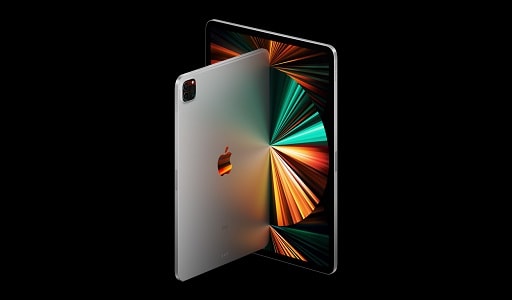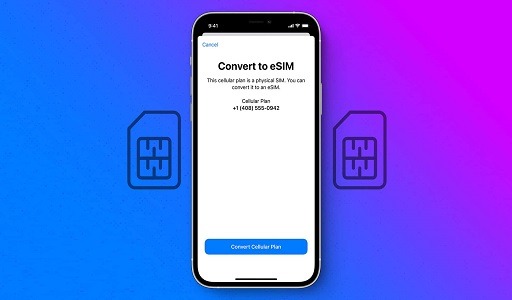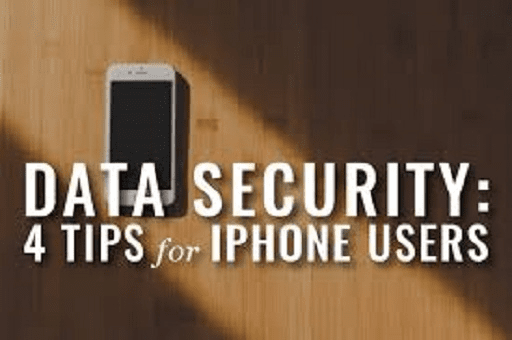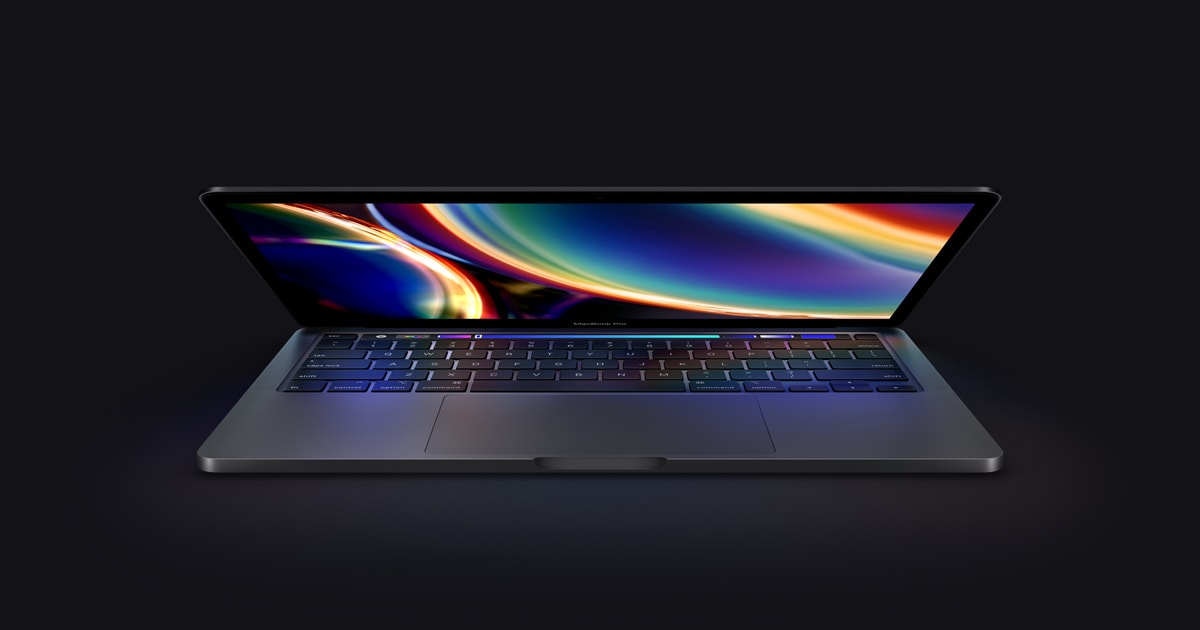Everything about the iPhone 14 Pro feels completely natural. The design is expertly crafted and contemporary, the software is incredibly user-friendly, and the camera takes even better photos than its predecessor. But effortless can also be interpreted another way, in that it isn’t the most daring update over its predecessor.
Let’s go over whether the iPhone 14 Pro is worth the effort you will put in to either become an Apple owner or upgrade from an existing iPhone. If you want to know about the non-Pro iPhone 14, read our review.
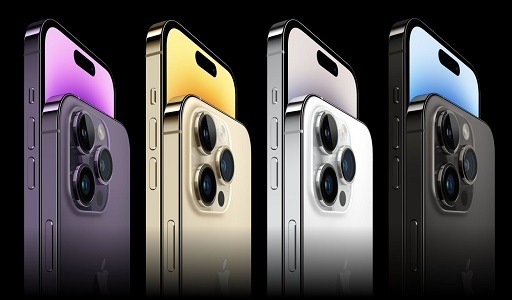
iPhone 14 Pro design
If you have seen an iPhone 12 Pro or an iPhone 13 Pro, you will recognize the iPhone 14 Pro. It has the same flat, squared-off chassis that feels slightly too sharp in your hand, but it is beautifully crafted from stainless steel. The screen is protected by Apple’s Ceramic Shield, and the back is made of toughened glass.
An IP68 water-resistance rating provides assurance that the phone will not be damaged by accidental water spills. The volume controls and power buttons remain on the side, and if you buy an iPhone 14 in the United States, you won’t find a SIM tray because this is the first iPhone to only accept an eSIM.
The 6.1-inch Pro is well-balanced in your hand and can be used with one hand. It’s not a featherweight at 206 grams, but at 71mm wide and 7.8mm thick, it never feels unwieldy, and I haven’t experienced any fatigue from holding it for extended periods of time. It can be a slippery thing, though, and a case will help keep it from making an unwelcome escape for freedom.
There are several standard colors to choose from (black, silver, or gold), but go for the lovely new Deep Purple and a transparent case. In some lighting conditions, it appears almost black, but in others, the purple really pops. The chassis is purple as well.
When the iPhone 14 Pro isn’t in a case, the camera module on the back is large and makes a bold statement, but because the three cameras protrude significantly, the phone never lays flat on any surface. All of this adds up to a smartphone that is undeniably an iPhone.
This isn’t a groundbreaking design, and it’s not particularly flashy, but it manages to be classy and cool, fitting in with any situation. It doesn’t demand attention, but it will draw admiring glances, especially if you get the purple one.
Would I have preferred to see a design that wasn’t nearly identical to the previous two models? That would have been ideal. Is it absolutely necessary to change the appearance? No way, no how. Apple has nailed the Pro formula — classy looks, just the right size and weight, high-quality materials, and stellar build quality — so the iPhone 14 Pro can’t be blamed for not making dramatic changes. More color options would have been nice, but I expect those to arrive later to keep the range fresh.
You can also read: New Apple iPad Air 4th Generation
iPhone 14 Pro screen
The new 6.1-inch Super Retina XDR screen has some tricks up its sleeve, with a resolution of 2556 x 1179 and a pixel density of 460ppi. Before we get into the big changes, let’s talk about brightness.
It normally reaches 1600 nits but can reach 2,000 nits when exposed to sunlight, and the difference is noticeable. When the extra kicks in, there’s a “bump,” and the screen really does become brighter and easier to read when the sun is shining.
The always-on display, on the other hand, is the most visible and noticeable new screen feature. For years, Android phones have always had on-screen that displayed the time, battery life, and notification icons against a black background. Apple’s always-on screen is essentially a full-color, dimmed version of the lock screen with dynamic widgets and notification alerts.
It’s your phone’s version of the Apple Watch’s always-on screen. It’s also far more than we’ve seen on any other phone, with the time and date highlighted in a bright white font over your choice of wallpaper, and notifications clearly displaying the icon and basic information about each one.
Music and audio app controls also remain on-screen, and a quick tap wakes them up, ready to pause or change tracks. I’ve noticed that the entire lock screen experience is sharper and faster to react to than before. I use the phone in my car for music, and where it used to take multiple taps to get anything to work, the iPhone 14 Pro has a single tap and an instant reaction.
The always-on screen is beautiful, useful, and a step above other implementations in terms of design. However, it may not be beneficial to battery life, which we will discuss later.
Apple’s 120Hz ProMotion feature returns and should be considered a compelling reason to select the Pro model over the standard iPhone 14. The faster refresh rate results in smoother scrolling and less jarring animations, as well as less eye strain. It quickly becomes “invisible,” but its absence is undeniably felt.
When watching a video on the iPhone 14 Pro, the screen comes to life with vibrant colors, deep blacks, and razor-sharp contrast. Even the stereo speakers are among the best in the industry.
The sound has clarity, power, and actual presence, and I can happily watch videos and listen to streaming music for extended periods of time through them.
The screen on the iPhone 14 Pro is fantastic, and it will be even more immersive and pleasurable to view on the larger 6.7-inch iPhone 14 Pro Max… if you can bear the extra weight and price of the device.
You can also read: Reasons to buy 13-inch MacBook Pro instead of the MacBook Air
iPhone 14 Pro camera
Yes, the iPhone 14 Pro’s camera outperforms the iPhone 13 Pro’s camera. It’s not by much, but the improvements are noticeable. The primary camera has 48 megapixels, while the wide-angle and telephoto lenses have 12 megapixels. We’ve already compared the iPhone 14 Pro to the iPhone 13 Pro and the Samsung Galaxy Z Flip 4, delving into its capabilities in various environments and how the new Photonic Engine improves low-light zoom images.
What about the photography experience and the app? The iPhone 14 Pro can take 2x or 3x optical zoom photos, as well as 0.5x wide-angle photos; it can also record video at up to 4K resolution at 60 frames per second (fps).
It’s versatile and satisfying, and while some may prefer a higher optical zoom, the 3x setting gets you in close. As a result, I’ve found the new 2x zoom to be more useful than if Apple had included a 5x zoom.
When using the rear camera, face recognition is nearly instant, the app instantly recognizes and perfectly isolates text for copy-and-paste into other apps or messages, and Siri Knowledge is excellent at recognizing plants and animals.
The image-editing suite is powerful, but it is confusingly laid out and slow to use, and I find that the premade filters rarely improve my images. Samsung’s filters are better, but its editing suite is even less user-friendly, and I still use apps like Snapseed to enhance photos.
Stills can be shot in Apple’s ProRaw mode, which opens up more possibilities for editing by those who understand how to get the most out of the format. However, be aware that ProRaw photos take up a lot of space, with single images weighing in at 60MB or more. It gets worse if you want to experiment with the ProRes video feature because
Apple estimates that a single minute of ProRes video will take up a whopping 1.7GB of storage space. It also estimates that the 100GB left on my 256GB iPhone 14 Pro will only allow me to record ProRes for 19 minutes.
ProRes and ProRaw are niche features that most people will not want to experiment with, and the returning Cinematic Mode (which now shoots in 4K resolution at 24fps or 30fps) and the new Action Mode are similar. This adds gimbal-like stabilization to videos in which you and the target move around.
The iPhone 13 Pro already had excellent video stabilization (see the comparison with the gimbal-equipped Asus Zenfone 9), and it’s even better on the iPhone 14 Pro, with a smoother transition between zoom levels.
Shooting photos and videos in normal modes at a reasonable resolution and with image stabilization will most likely be sufficient for most people in most situations. The additional pro-style features aren’t used very often, and certainly not by everyone who buys an iPhone 14 Pro, but they’re well implemented, and if you have the knowledge and the right additional software, they’re undeniably powerful.
The camera on the iPhone 14 Pro is fantastic. It takes photos that are exciting and vibrant in the sun, detailed and balanced in the dark, and has more than enough versatility for me to experiment. There’s more technical expertise hidden inside than ever before, as well as features that are currently beyond my comprehension but could be useful and enjoyable in the future.
You can also read: New Apple AirPods Max: Everything You Need To Know
iPhone 14 Pro iOS 16 and Dynamic Island
Dynamic Island, Apple’s cheesy name for the expanded pill-shaped notch replacement at the top of the screen, is unmistakably a work in progress. For the time being, it displays information about Bluetooth connections, screen, and voice recordings, face unlock alerts, and timers. Apple’s Live Activities feature is not yet available, and developers have not been granted access. When these events occur in the near future, Dynamic Island’s utility will skyrocket.
For the time being, all you see is potential. Dynamic Island is never intrusive, and the functionality it does offer is useful. The best example is music controls, where a short tap takes you directly to the app that’s playing and a longer press reveals a set of quick controls.
Although these features can be found elsewhere in iOS, Dynamic Island is undeniably fast and intuitive to use, which bodes well for the future when more apps use it. It’s also a thing of beauty, with the software morphing and shifting around the hardware component so smoothly that you can’t tell where one starts and the other ends.
iOS 16 is pre-installed on the iPhone 14 Pro. Aside from the new battery percentage display and excellent haptics, much has been made of customizing iOS 16’s lock screen, and I’m still not convinced it’s necessary or beneficial. Even the new Settings page, where you can change the wallpaper and add widgets, is overly complicated and confusing.
I personally see no benefit to adding more clutter to the lock screen, but understand that others may disagree. The new A16 Bionic processor powers all of this with ease, and while I’ve never had any issues with performance, I’m not sure I can tell the difference between it and the A15 Bionic in the iPhone 13 Pro.
The iOS notification system has also been vilified for some time, but this is a personal preference. I’ve been using iOS for years and have witnessed the system’s evolution into what it is today. No, it’s not perfect, but it’s better than ever before, and I don’t find it as repulsive as some do.
Notifications are stacked at the bottom of the lock screen and can be expanded when Face ID detects you. Some can be interacted with or viewed further, while others can be tapped to open the corresponding app. It does what I want and is no better or worse than most Android notification systems in my opinion. When I use my AirPods, Siri even reads my messages (surprisingly competently).
Negatives? Because of muscle memory, I frequently pull down on the left side of the screen when the phone is unlocked to better see notifications I may have missed, but this once-useful feature has been reduced to a copy of the lock screen, making notifications slower to view and interact with. I also dislike how the Search widget is always at the bottom of each home screen, which duplicates functionality and creates visual clutter.
The iPhone has one significant software advantage over many other phones that makes it such a joy to use: software updates. Although Apple does not specify how long it will officially support its smartphones with major iOS updates, the most recent iOS 16 software works as far back as the iPhone 8, which was released at the end of 2017. It’s reasonable to expect the iPhone 14 Pro to receive updates for the next five years.
You can also read: New Apple Watch Series 6 with GPS and Cellular
iPhone 14 Pro price and availability
The entry-level iPhone 14 Pro with 128GB storage costs $999. The price rises with increasing storage capacity, reaching $1,499 or 1,429 pounds for the top 1TB model. All iPhone 14 Pro models are now available for purchase through Apple’s online store and most US networks.
Battery life and charging
The battery performance of the iPhone 14 Pro hasn’t been great, but there are signs of improvement. Initially, the battery would never last more than a day, and with moderately heavy use (around three to four hours of screen time), it would be down to less than 30% by early evening, causing some concern.
By this point, heavy use and a trip to the charger were required. This was also mostly Wi-Fi-connected, with no gaming — just GPS, camera, apps, a short amount of video, and a few hours of streaming music.
The iPhone 14 Pro appears to have settled into my own use patterns since those dark, early days. While the battery won’t suddenly last two days, it has significantly improved. The release of iOS 16.0.2 may have also aided in system optimization. Although not specifically mentioned as a benefit, the first version of iOS 16 significantly reduced battery life on my iPhone 13 Pro, implying that software may be a factor in the relatively poor battery performance.
Apple does not include a charger with the iPhone 14 Pro, but it does include a USB Type-C to Lightning cable. If you have an Apple 20-watt charging block, the battery should charge to 50% in about 30 minutes. I use Apple’s 29W charging block, and it charges in just over an hour. It provides adequate performance but cannot compete with the fast charging times offered by the OnePlus 10T or many phones from Oppo or Xiaomi. However, it is consistent with Samsung’s phones.
The iPhone 14 Pro’s battery life and charging technology are the least impressive features. Other brands, particularly those not sold in the United States, have made significant advances in fast-charging technology, and it’s reasonable to expect the majority of Android phones to last two days with normal use on a single charge.
Apple lags behind in this regard, so if you expect a lot from your phone, be prepared to carry a battery pack or make emergency charging stops throughout the day to avoid anxiety.
Anecdotal evidence from people testing beta versions of iOS suggests that battery life has been extended, which we will continue to monitor on the iPhone 14 Pro.
You can also read: Apple iPhone 14: Everything you need to know
What makes a big difference in iPhone 14 Pro
One of my favorite aspects of the iPhone 14 Pro is how simple it is to use, and this starts the moment you take it out of the box. It doesn’t take long to set up the phone, and if you’re coming from another iPhone, Apple offers everything from extra temporary iCloud storage to quick account transfer to make the transition as painless as possible.
When you trade in your old iPhone, a small notification appears that essentially automates the process of getting it ready to be returned. It’s simple and a great way to get acquainted with your new, expensive phone.
It extends far beyond those initial moments. I use both the AirPods Pro and the AirPods Max, which connect instantly and have excellent Bluetooth range, and I can switch between devices without any of them becoming confused.
I also use Sony’s WH-1000XM3 headphones with the iPhone on a regular basis, and the accompanying app makes updating them simple, and the Bluetooth connection is just as stable.
I’ve connected the Apple Watch SE 2 and the Apple Watch Ultra to the iPhone 14 Pro, and the connection is once again very simple. My Oura Ring connects without a hitch, and the app works flawlessly.
My podcasts download when I want them, Apple Pay is accepted everywhere, there is an enormous selection of cases to protect the phone, and the resale value is typically higher than that of any other device. There are also two new safety features: a car crash detection system, which I will not test, and an emergency satellite calling feature, which I will not test until November. I hope I never have to use it.
I don’t want my phone to be a chore to use every day. It’s one of the reasons why needy software like Oppo’s ColorOS and OnePlus’ OxygenOS annoys. The iPhone 14 Pro works with me, providing all the functionality and quality I expect from a $1,000 phone, plus a slew of features that are hidden from view but improve my ownership, such as the 120Hz ProMotion screen and crash detection.
This is what I want, far more than any cosmetic change for the sake of change, and the iPhone 14 Pro delivers. Buy with confidence and have the best smartphone ownership experience possible.
If you already own an iPhone 13 Pro, there’s not much new here unless you’re smitten by the always-on screen and Dynamic Island, and the same goes for anyone who owns an iPhone 12 Pro. Anyone who owns an iPhone prior to the 12 will find it a significant and worthwhile upgrade.
Would you like to read more about iPhone 14 Pro-related articles? If so, we invite you to take a look at our other tech topics before you leave!






